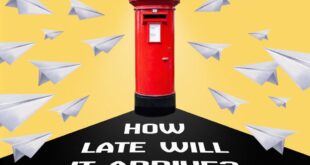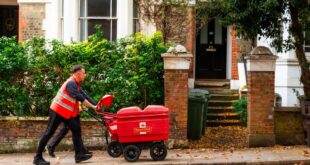Most stamps are verified using the service’s scanning devices at sorting offices.
But “it’s a crime to knowingly use counterfeit or re-used stamps to avoid paying Royal Mail the full amount required for the Postal Service received,” reports the Royal Mail website.
“Anyone who does so may potentially face criminal prosecution or Royal Mail may even take civil action to recover the money owed to us.”
Don’t let this dino-mite opportunity slip away! 🦕
The Age of the Dinosaurs Stamps and Collectibles are still up for grabs 👉 https://t.co/Nw2JNRufE7 so hurry and secure yours today pic.twitter.com/wjFMDeKcwI
— Royal Mail (@RoyalMail) April 3, 2024
How do you know if a stamp is counterfeit?
However, if you want to know how you can spot a fake first or second-class Royal Mail stamp, stamp expert Oscar Young told ITV there are some features you should pay attention to, such as:
- Variation in colour
- A different size or shape to normal
- Perforations – genuine stamps have perforations that are more square-edged and on the forged they are more spikey
- Genuine stamps have a barcode that is printed in relief, which can be felt. The fakes have ‘flat’ barcodes
- Make sure you buy stamps from reputable places. Avoid buying from the internet or off-licenses
- Ensure you are not being charged below face-value – this is a sign the stamps may not be genuine. It is safest to buy from the Post Office directly
Changes in TV Licence Fees Over the Years
For more information about stamp fraud, visit the Royal Mail website here.
Recommended reading:
If you think you have been a victim of stamp fraud, Royal Mail explains: “To report suspected sample please contact us online and we’ll investigate the alleged fraud.
“If you prefer we will treat your information confidentially.
“We might contact you for further information but may not be able to provide specific information on what action we have taken in each case.”


